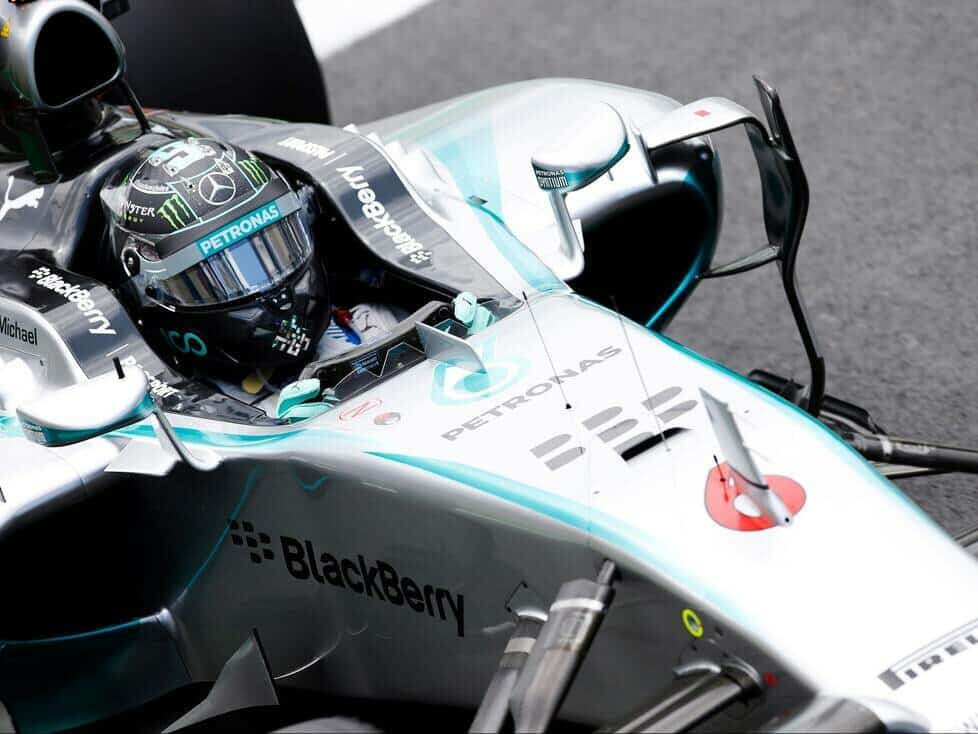Formula 1 is changing the provisional technical regulations for the 2024 season – cockpit cooling is to be improved
How does the new cooling system for the 2024 season work and how does the FIA ensure that the teams do not gain any aerodynamic advantages as a result of the change? The teams are allowed to install a new air intake on the vehicle to improve air circulation in the cockpit. This air intake must be fitted at the tip of the car’s nose and its size must be limited. The teams should not be able to gain an advantage as a result.
However, it is an additional option for the teams that could affect the aerodynamics and weight of the car. Therefore, the racing teams will carefully consider which option they use for cockpit cooling should such an extreme situation arise again, as there is already an air intake through which the cockpit is supplied with air. A combination of the two permitted options is also possible.
Driver cooling on the chassis was last seen on the Mercedes in 2014, where small inlets directly on the edge of the cockpit allowed air to flow into the cockpit. Interesting: In Qatar, some teams even dispensed with driver cooling on the nose, which was already legal and optional at the time.
Changes to the regulations also restrict the use of metal in the underbody. For example, components and inserts on the outer limits of the floor assembly and on the wing edge are no longer permitted
The obvious exceptions are the use of brackets or fasteners permitted between the floor and fender, and any metal parts used as wear protection, provided they are within the tolerances specified in the new criteria.
Another small but important change is that teams must fit stops to prevent the front wing from moving more than the 40 millimeters specified in the regulations. This change was probably introduced to prevent the flaps from loosening too much during the race





